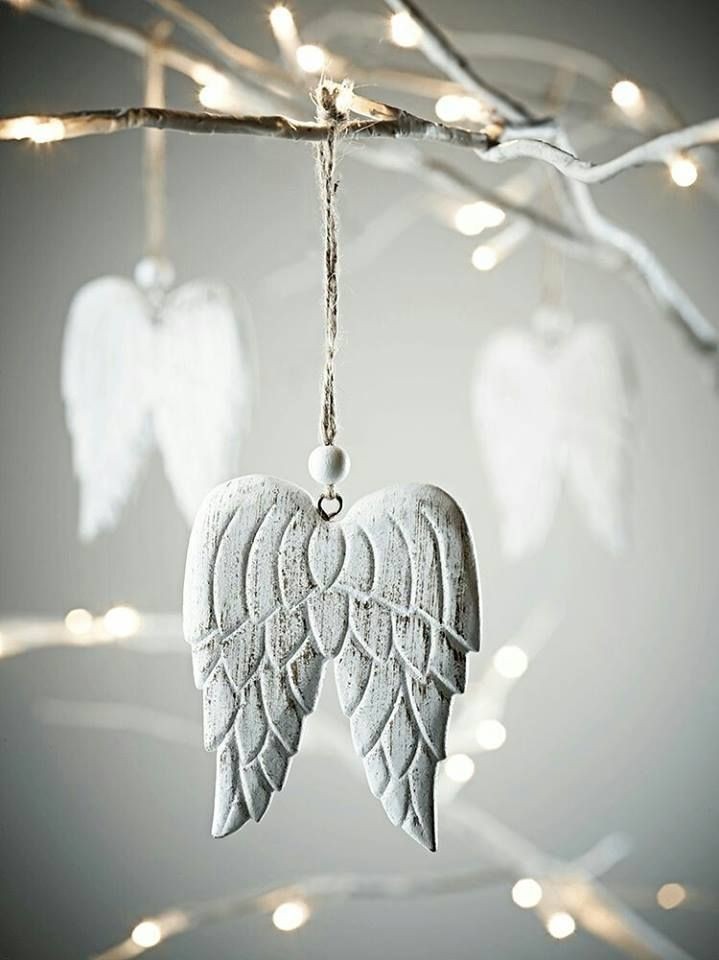Powers of emotions....the connection between art therapy and mindfulness...
- Koöko Fleurs
- May 8, 2024
- 4 min read

Emotions are an integral part of our human experience. They shape our perceptions, influence our actions, and impact our overall well-being. However, in today's fast-paced and often stressful world, it can be challenging to navigate through our emotions effectively. This is where art therapy and mindfulness come into play.
Art therapy is a form of therapy that uses creative processes to enhance mental, emotional, and physical well-being. It allows individuals to express themselves through different forms of art, such as painting, drawing, or sculpting. On the other hand, mindfulness refers to the practice of focusing one's awareness on the present moment while acknowledging and accepting one's thoughts and feelings without judgment.
The combination of art therapy and mindfulness has been gaining recognition as a powerful tool for managing emotions and promoting overall wellness. In this blog, we will explore the connection between these two practices and their potential to unlock the powers of emotions.

The Link Between Art Therapy and Mindfulness
At first glance, art therapy and mindfulness may seem like two distinct practices. However, they share a common goal – helping individuals to understand and regulate their emotions. By bringing these practices together, individuals can explore their emotions more deeply and find healthier ways to cope with them.
Art therapy allows individuals to express their emotions through a non-verbal medium. Often, we struggle to put our emotions into words or fail to fully understand them. Through art-making, we can tap into our subconscious mind and access buried emotions that we may not be aware of consciously.
Similarly, mindfulness practice encourages individuals to observe their thoughts and feelings without judging them. This awareness helps individuals acknowledge their emotions without getting entangled in them. By being fully present in the moment, individuals can experience their emotions without reacting impulsively.
The combination of these two practices provides a safe space for individuals to process their emotions without feeling overwhelmed. It allows individuals to tap into their inner creativity and explore their emotions through a mindful lens.
The Power of Emotional Expression through Art Therapy
Art therapy provides an avenue for individuals to express and explore their emotions without feeling pressured to articulate them in words. Art-making can be a cathartic experience, allowing individuals to release pent-up emotions, trauma, or stress. It also allows individuals to externalize their emotions, making it easier to gain perspective and process them.
For example, a person struggling with anxiety may find it challenging to articulate their feelings verbally. However, through art therapy, they can express their anxiety through colors, shapes, and lines. This not only helps them understand their emotions better but also provides a sense of relief and release.
Furthermore, art-making can also help individuals tap into positive emotions and enhance their overall well-being. Studies have shown that engaging in creative activities releases dopamine, also known as the "feel-good" hormone. This helps improve mood and reduce stress and anxiety levels.
The Role of Mindfulness in Emotion Regulation
Mindfulness is a powerful practice that helps individuals become more aware of their emotions and regulate them effectively. By being fully present in the moment, individuals can observe their emotions without reacting impulsively or getting overwhelmed by them.
For example, someone experiencing anger may react quickly without taking the time to process the emotion. Through mindfulness practice, they can pause and acknowledge their anger without acting on it. This allows them to respond more calmly and effectively.
Mindfulness also encourages a non-judgmental attitude towards one's emotions. Often, we label our emotions as "good" or "bad," which can lead to suppression or avoidance of certain feelings. However, by accepting our emotions without judgment, we can learn to sit with them and allow them to pass naturally.
The Connection Between Art Therapy, Mindfulness, and Self-Awareness
The combination of art therapy and mindfulness can also lead to increased self-awareness. Art-making allows individuals to tap into their subconscious mind, bringing to the surface deeply buried emotions or thoughts. Mindfulness then helps individuals observe these emotions without judgment, allowing for deeper self-awareness and understanding.
Through this process, individuals can also learn to identify emotional triggers and patterns. For example, someone may realize that they often turn to art-making when feeling stressed or anxious. This realization can help them develop healthier coping mechanisms and regulate their emotions more effectively.
The Benefits of Art Therapy and Mindfulness
The powerful connection between art therapy and mindfulness offers numerous benefits for emotional well-being. Some of these include:
1. Improved Emotional Regulation: By combining art therapy and mindfulness, individuals can learn to identify, acknowledge, and regulate their emotions effectively.
2. Stress and Anxiety Reduction: Engaging in creative activities releases dopamine, which helps reduce stress and anxiety levels.
3. Self-Exploration and Insight: Through art-making and mindfulness practice, individuals can gain deeper self-awareness and understanding of their emotions, thoughts, and behaviors.
4. Enhanced Self-Esteem: Art-making can be a confidence-boosting experience as individuals see the tangible outcome of their creative expression.
5. Cultivation of Resilience: By tapping into their inner creativity and learning to regulate their emotions, individuals can develop resilience and cope better with life's challenges.
In conclusion, the combination of art therapy and mindfulness is a powerful tool for unlocking the powers of emotions. It provides a safe space for individuals to express and explore their emotions while learning to regulate them effectively. By cultivating self-awareness and promoting overall well-being, these practices can help individuals lead more fulfilling lives.











Comments